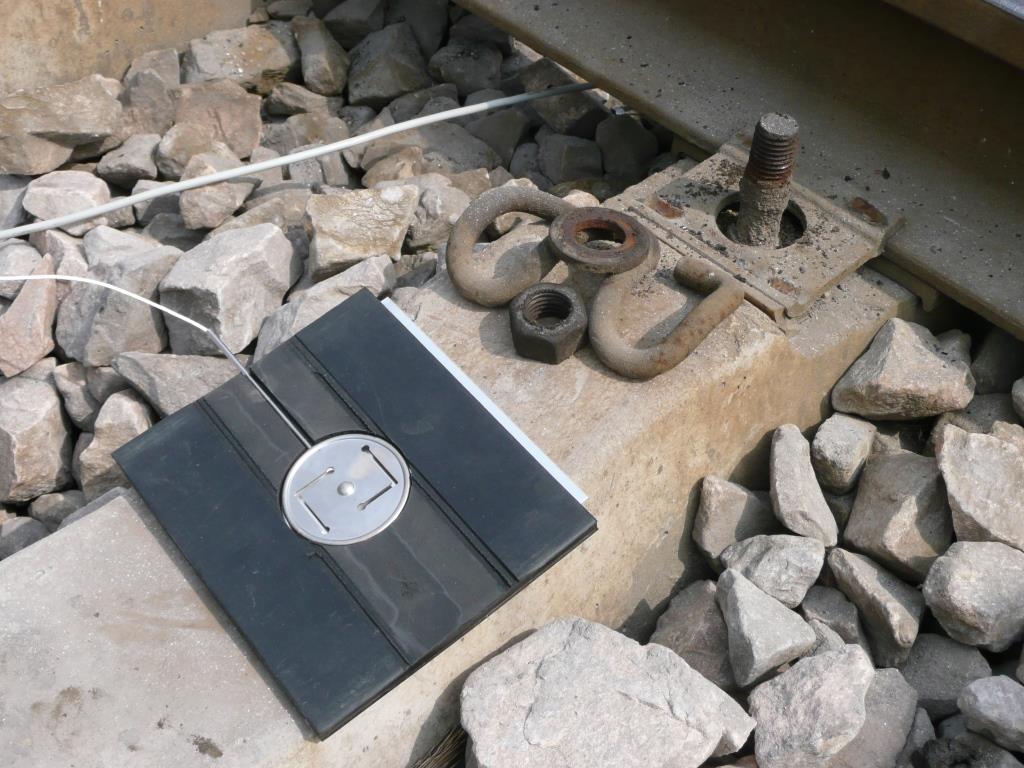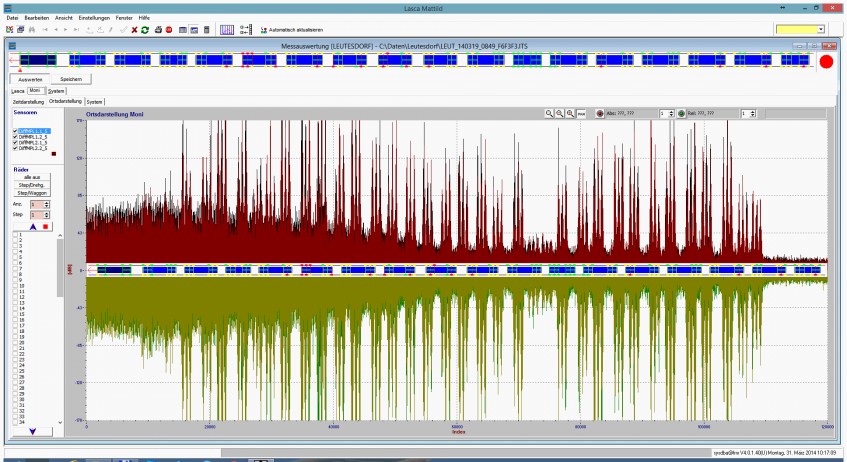The intelligent intermediate layer The wayside train monitoring system MONI revolutionized by the simplicity of installation and operation all previous developments. MONI is a powerful, autonomous system for the monitoring of rail traffic, noise and the sound and vibration detection under operating conditions.
MONI takes over these functions independently:
- Electronic wagon master
- Reliable, trustworthy inspector
- Automatic train watchers
- Early warning that exceeded the threshold
This MONI provides:
- The basis for condition-based maintenance of vehicle and track.
- To demonstrate compliance or non-compliance with various limits for vehicle driving and track.
- The prerequisite for stress-related and noise-related track access charges.
- Decision-making tools to increase speed, axle load and traffic density.
MONI constantly monitors itself and reports faults immediately, automatically calibrates itself, is mobile, flexible and easy to use.
Technical Solution
The heart of the monitoring system is the MONI sensor that is installed in the rail bar attachment as a normal lintermediate layer It allows an indirect detection of the rail-threshold power by exploiting the elastic properties of the rail.Depending sleeper a MONI-set is fitted with 2 MONI sensors including electronics.
The processing of data occurs in a self-developed modular software. Data are available for about 2 minutes after a train passes.

Operating Times
Since April 2008 MONI is as initial installation in an operational track the DB with mixed traffic, an axle load of 22.5 t and a maximum driving speed of 160 km / h being installed. Directly in front is a LASCAa® system, which was also manufactured by INNOtec Systems GmbH, built and is maintained. Through this local proximity a constant comparison and mutual verification of the two systems is possible.
This initial installation of the MONI running since the installation without interference, and provides continuous data. Thus, the railway standards is demonstrated.
About this comparison operation, a journal article in the Railway Technical Observations ETR March 2009 and in Railroad Technical Review RTR March 2009 has already been published.
Tecnical Information
Advantages
Advantages at a glance
|
Data Supply
General data
Masses, forces and loads
Track and superstructure load
Wheel defects
|


